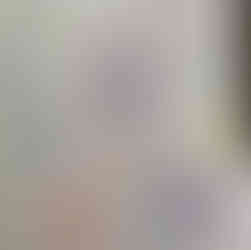Art therapy is a dynamic process and is a combination of two disciplines- Art and Psychology. Art can help us understand self, express ideas, feelings, hidden desires, and a wide range of emotions that words cannot express or explain and enhance life through self-expression. Art expression is not a linear process and need not obey the rules of language, grammar, logic, and correct spelling, it can express many complexities simultaneously.
The intention of art therapy is not a focus on the artistic skills of the patient/client but their engagement and journey in a creative personal process. With the support of the art therapist, the client is better able to process feelings, that he/she was not able to do it on his/her own. The process of art therapy and its potential to help people grow, rehabilitate, and heal also comes from the actual making of art. Helping people understand their art expressions can certainly be part of art therapy, but the process of making art is equally important. Art therapy is a modality with special qualities for reparation, transformation, and self -exploration.
Jung’s philosophy has influenced the field of psychotherapy, which has relied heavily on the images of memories and dreams and their connection to feelings in helping people work through emotional conflicts and problems.
Through the process of art, people find relief from overwhelming emotions, crisis, or trauma. They may discover insights about themselves, increases their sense of well-being, enrich their daily lives through creative expression, or experience personal transformation. For many people, being able to contain their ideas, experiences, emotions in the art can have a positive effect.
The actual process of art-making can also alleviate emotional stress and anxiety by creating a psychological response of relaxation or by alternating mood. For me art is a form of meditation, finding inner peace and calm through art expression. I am not an artist but drawing gives me a sense of calmness and peace. Art is a powerful way of knowing yourself and a powerful form of healing.
Art therapy can be particularly useful with young children as they do not have an extensive vocabulary for describing their feelings and experiences, but they are generally comfortable with art as a natural way to communicate. The use of art therapy has been documented with a wide variety of populations, including adults, the elderly, people with a terminal illness, prisoners, children, and adolescents, or people with trauma.
Today, Art therapy is a profession in its own right, and guidelines for practice and training have been established. Because the arts are interrelated, art therapy did not come about in isolation. Other disciplines that recognize the unique role of art in therapy have developed simultaneously. The expressive therapies, expressive arts therapies, or creative art therapies (Art, drama, movement, and poetry) also have become important treatment methods.
Humankind has come full circle in its realization that art-making is an important means of expressing mind, body, and soul and that it is intimately connected to health and well-being.
Source: The Art Therapy Sourcebook by Cathy A. Malchiodi






Comments